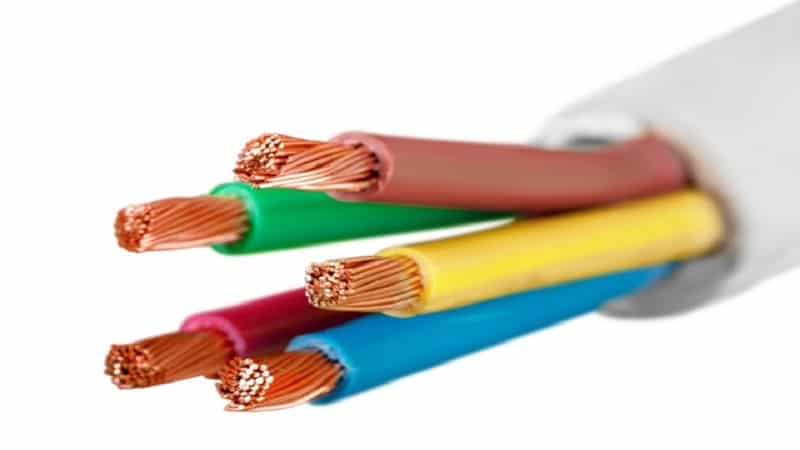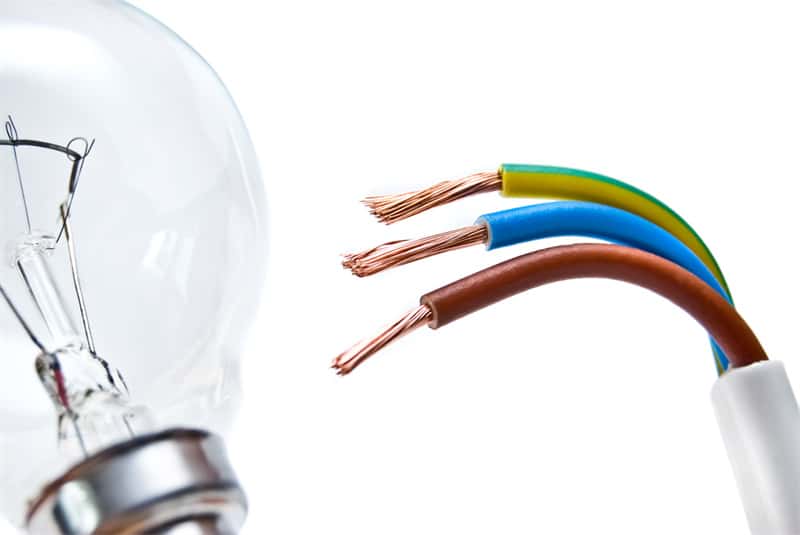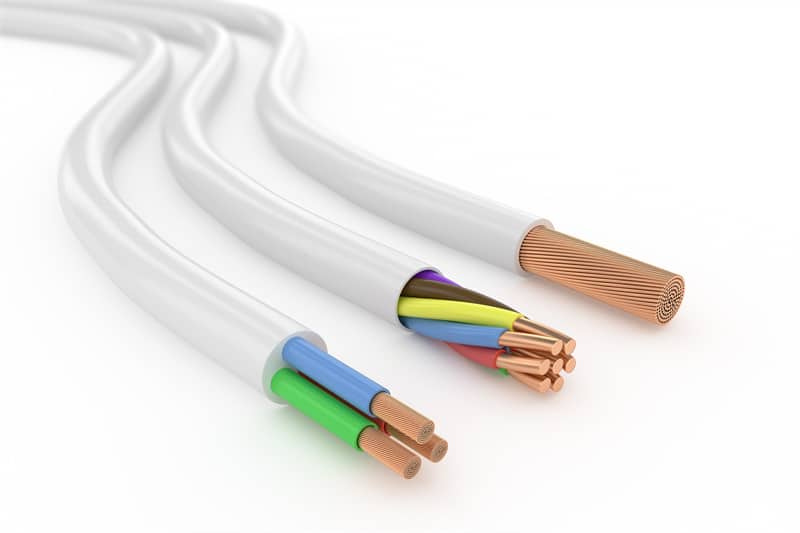
Electrical systems are crucial, and so are the electrical cables for your wiring update. Discover useful tips to get the right electrical cables in this blog.
Your home’s electrical system plays a crucial role. Updating your wirings is a big job as various home equipment, and applications require different electrical cable specifications. Therefore, it’s essential to figure out the correct cables to use.
Choosing electrical cables for your wiring update can be challenging as there are several factors to consider. Ideally, you should get your wiring materials from certified suppliers to guarantee the quality of the wiring. You can look for authorized local dealerships or reputable online shops like Cable Pro and other online manufacturers. Besides this, getting recommendations and advice from a licensed electrician can significantly help your selection process.
Once you have a reputable dealership, you can use the below guideline to help you select the proper electrical cables.
1. Check The Voltage Rating

Electrical cables have varying voltage ratings. This rating helps you know the maximum voltage it can safely carry. The standard voltage in most residential electrical systems is 120/240 volts. This means that the electrical outlets in your home can handle voltages of up to 240 volts. However, most appliances and electronics only require 120 volts. So, the wiring in your home can be rated for 120 volts.
Overall, it’s crucial to choose a cable with a voltage rating appropriate for your home’s electrical system. Using a voltage rating that’s too low can result in overheating and can be a potential fire hazard. Alternatively, using a cable with a voltage rating that’s too high can result in wasted energy. Therefore, you must choose a cable with a voltage rating suitable for your electrical system.
2. Consider The Cable Jacket
The cable jacket or sheath provides insulation and protection for electrical wires. The sheath also protects against mechanical damage and environmental factors. You can get electrical cables with various types of cable jackets. Some of the most common ones include polyvinyl chloride (PVC), nylon, and thermoplastic elastomer (TPE). Fluorinated ethylene propylene (FEP) is also common in cable jackets.
Each of these cable jacket materials has properties suitable for specific environments and applications. Therefore, the cable jacket you choose mostly depends on where you intend to install the electrical cables. If the installation area experiences high temperatures, you can select a cable jacket with a high-temperature resistance rating like the TPE.
3. Check The Current Rating
An electrical cable can carry a specific amount of electrical current. Its rating shows the current load it can carry without overheating. The size and type of conductor determine a cable’s current rating. Additionally, its insulation and sheathing determine the current rating. A cable manufacturer usually specifies the current rating of its electrical cables.
Generally, cables with larger cross-sectional areas can carry more current than smaller cables. The reason is that the large surface area of the conductor offers less resistance. Therefore, the current travelling through it generates less heat. For this reason, choosing electrical cables with a higher current rating would be best.
However, a current rating that’s too high is not advisable, as it can be unnecessarily expensive. To sum up, the appropriate current rating shouldn’t be too high that you overspend, and it shouldn’t also be too low that it results in overheating.
4. Consider The Wire Gauge And Distance

Electrical cable wires have different thicknesses, which are referred to as gauges. A higher wire gauge number means a thinner wire, and a lower wire gauge number means a thicker wire. Carefully examining the wire gauge lets you know if an electrical cable has the appropriate current-carrying capacity you need.
Generally, thicker wires have a higher carrying capacity and vice versa. While choosing the wire gauge, considering the distance you’ll run the wire is crucial. You may intend to run the wire over a long distance with a high current load. In such a case, choosing a lower wire gauge would be best. You can select a higher wire gauge if the distance is short with a low current load.
Overall, the appropriate wire gauge versus the distance helps prevent overheating in your electrical system. This can help you avoid other potential electrical hazards. You can consult your local licensed electrician. Alternatively, you can also refer to your local electrical codes. For instance, if you’re in the United States, you can refer to the National Electrical Code (NEC) guidance. Thus, enabling you to select the wire gauge suitable for your specific electrical systems and applications.
5. Remember Code Compliance
Code compliance requires that electrical systems, including cables, meet specific standards and regulations. Local building departments and other regulatory agencies establish these standards to enhance electrical safety.
Choosing electrical cables that are code compliant ensures your home’s electrical system is safer. Non-compliant cables can significantly increase your home’s risk of electrical fires, not to mention potential fines and penalties. Consulting a licensed electrician can considerably help you select cables with the appropriate code compliance.
Conclusion
When it comes to electrical cables, think about quality over price. That, however, doesn’t mean spending a fortune. You only need to buy cables from a reputable manufacturer or dealership. Doing so ensures you’re getting a product that’s safe, reliable, and backed by a warranty.










